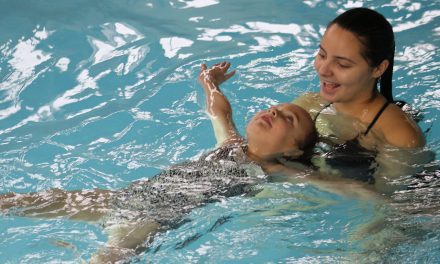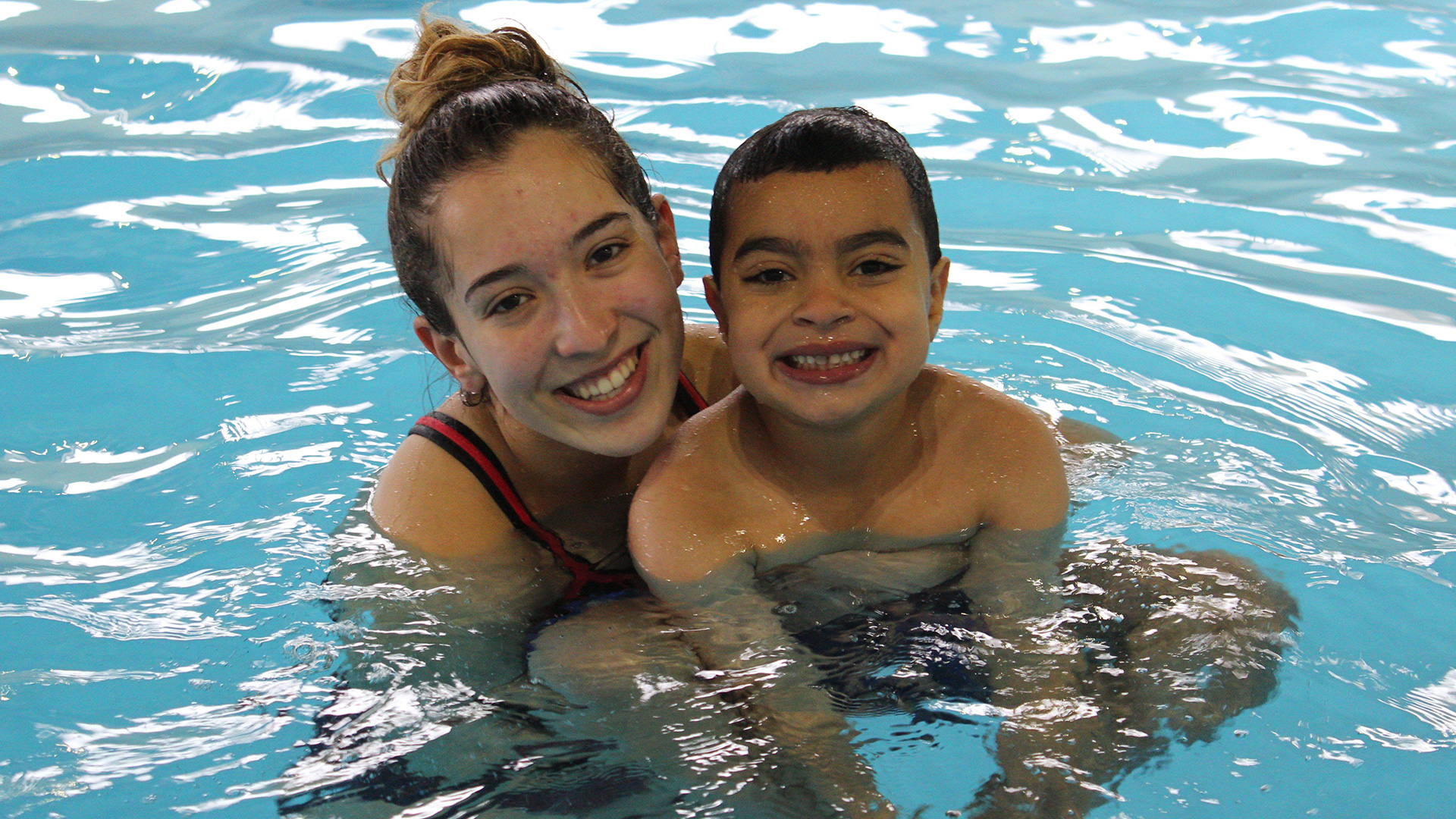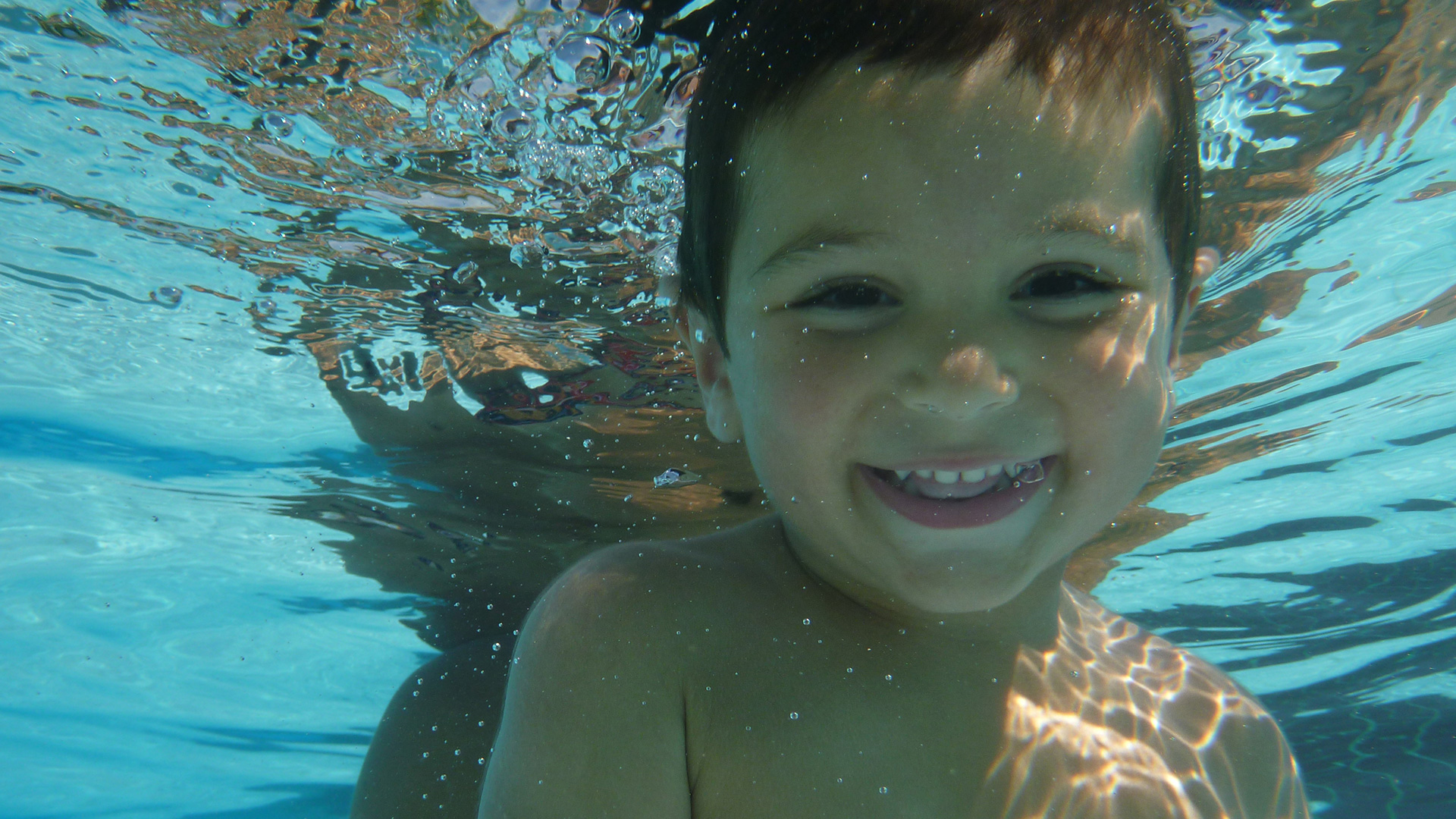As a father to a 3 year old baby girl, I can attest to becoming a softie and melting whenever she asks for something nicely or is upset. Yes, like any other parent I want what’s best for her, and like any other parent I think I know what’s best for her. As parents we love to be involved in all aspects of our children’s lives. We love to encourage, to motivate, to discipline when needed (though I often leave that to my wife).
So in a swimming lesson, what is the appropriate amount of involvement? In a nutshell, involvement should be limited to motivating and encouraging our children from a distance, and supporting your swim instructor at all times.
I know, I know, It can be tough to not get more involved. The most common scenarios where parents would be inclined to get involved are when our kids are crying, not listening, or not making progress.
The crying child. Classic and common, especially for young children. As a parent, it breaks our heart to see our kids upset, so obviously common sense would dictate to rush poolside and see what’s wrong and what we can do. But we shouldn’t, for several reasons. First, for young children, crying during swimming lessons, especially at the start of the session, is normal. More often than not, it’s simply because it’s a new experience, with a stranger (swim instructor), and that’s simply how kids express themselves when faced with uncertainty. So parents: wait it out. Our instructors know how to work with and reassure crying kids. We reassure, we listen, we encourage, and we make it fun first. All kids do stop crying and realize what we all know: swimming is fun.
The child who does not listen or who is not making progress
In all cases, have confidence in your instructor to find the solution. Even if they don’t get there as fast as we the parents would get them (which is normal, it’s our kids and the instructor probably just met them!), it does show the student that the instructor is in charge, which helps establish confidence. If anything, communicate with your instructor after the class during the feedback portion, but always try to avoid interrupting during class unless absolutely necessary.
If being patient and/or communicating with your instructor after class is not working, if you are still unsatisfied, then we recommend communicating with our customer service team. But the best solution always lies on the front lines, where our professional instructors do what they always do: overcome, adjust and succeed.













Hi! Would you mind if I share your blog with my facebook
group? There’s a lot of people that I think would really enjoy your content.
Please let me know. Thank you
Hi! No problem as long as you expressly provide the credit in the description to Canada Swim School